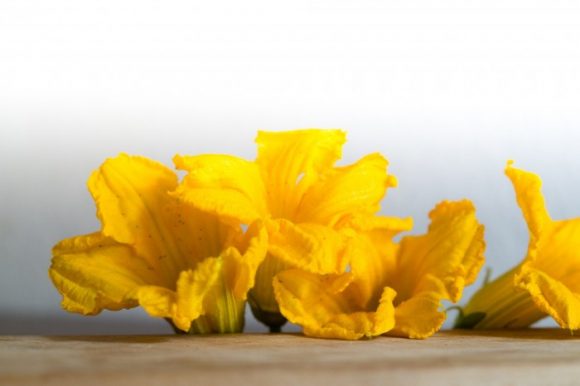All posts tagged Squash
Zucchini Flowers Medicinal Properties: 5 Reasons To Eat Squash
Squash, also known as zucchini and courgette is a member of the Cucurbitaceae family that originated from Central America. The plant does well in warm, moist places with fertile soil. It has been domesticated in many regions of the world due to its edible leaves, flowers, and fruits. In addition, zucchini flowers medicinal properties have endeared it to various civilizations throughout the years as the blossoms are used to treat aches, colds and many other health conditions. Continue reading [...]
Eating Squash Flowers
Squash, also known as cucurbita pepo or courgette is a herbaceous vine in the gourd family. It is native to the Mesoamerica and Andes region. Several species of the plant are cultivated worldwide for their edible fruits, leaves, and flowers and are commonly known as pumpkin, zucchini or gourd depending on the locality, variety, and species. Squash produces orange or yellow flowers with male and female features. Since these flowers are high perishable, eating squash blossoms is a delicate affair as they are rarely stocked in food stores and supermarkets but occasionally can be found in farmers’ markets. Continue reading [...]

